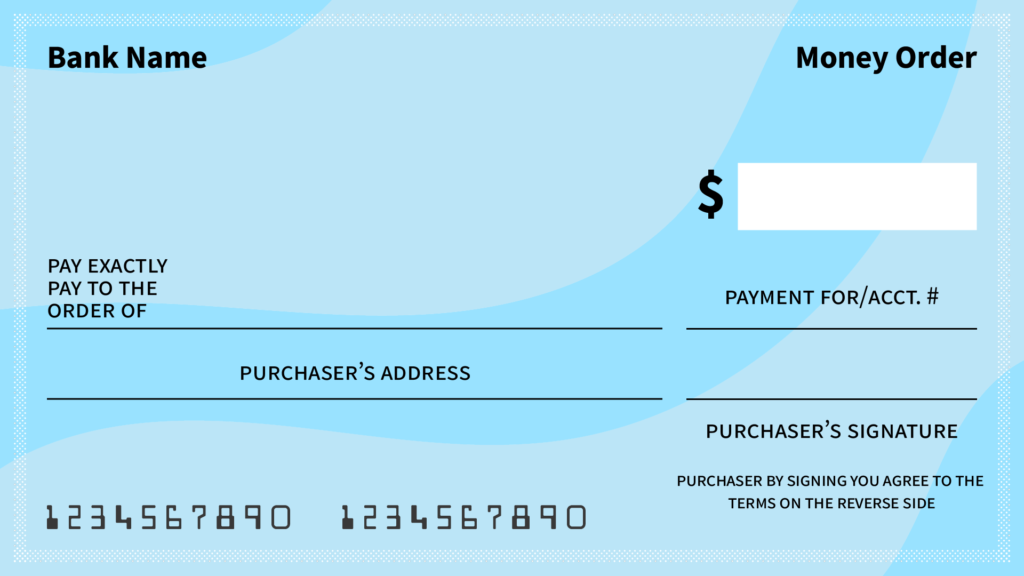Money orders are a popular method of payment, especially when it comes to sending money to someone in another location. They are commonly used when cash and checks are not an option. One important aspect of money orders is the remitter, which is the person who is sending the money.
The remitter is the person who is purchasing the money order and sending it to the recipient. When filling out a money order, the remitter’s name and address will typically be required. This is important because it allows the recipient to contact the remitter if there are any issues with the payment.
In addition to the remitter’s name and address, some money orders may also require a reference number or code to be included. This can be used to track the payment and ensure that it is properly processed.
It is important to note that the remitter will typically be the one responsible for any fees associated with the money order. This can include the cost of the money order itself as well as any processing fees that may be charged by the issuing company.
When filling out a money order, it is important to double-check all of the information provided for accuracy. Any mistakes or errors could result in delays or even the rejection of the payment. This could cause unnecessary frustration for both the remitter and the recipient.
The remitter plays a crucial role in the money order process. By proiding accurate information and ensuring that all fees are paid, the remitter can help ensure that the payment is processed quickly and efficiently. As such, it is important to take the time to carefully fill out the money order and provide all necessary information.
What Do You Put For Remitter On A Money Order?
When filling out a money order, the remitter section is where you put your information as the person sending the money. This section may also be labeled as the sender or from section. You will need to include your full name, address, and possibly your phone number. It is important to provide accurate information so that the recipient can contact you if there are any issues or questions regarding the money order. Additionally, some money orders may require you to include your signature in the remitter section as well.

What Is The Remitter Name?
The remitter name is a term that refers to the name of the person or entity that is sending money to anoter party through a bank or financial institution. It is a unique identifier that helps the recipient to identify the source of the funds. The remitter name is printed on the recipient’s bank statement for manually created transactions and may also be used to track the payment in case of any disputes or issues that may arise. In some cases, the remitter name may be required to be provided when making a payment or transferring funds to another party. It is important to ensure that the remitter name is accurate and complete to avoid any errors or delays in processing the payment.
What Is A Remitter On A Check?
A remitter on a check refers to the party who purchases the check from a bank and whose account is debited for the amount paid. The remitter is typically identified on the check and is the individual or entity that initiates the transaction by paying the bank for the check. The check is then issued by the bank on its own account and made payable to a named payee specified by the remitter. It is important to note that the remitter’s name is typically included on the check to identify the party who initiated the transaction.
Who Is The Authorized Signature On A Money Order?
The authorized signature on a money order is typically the purchaser, also known as the drawer or signer. This individual is responsible for purchasing the money order and filling out all necessary information, including the recipient’s name and the amount of money being sent. The purchaser must also sign the front of the money order in the designated signature section. It is important to note that the payee, or recipient of the money order, should never sign the front of the money order as this section is reserved for the purchaser’s signature.
Conclusion
The remitter on a money order is the person who is sending the payment. It is important to include your full name and address in the purchaser section so that the recipient can contact you if there are any issues with the payment. Additionally, when signing the money order, make sure to sign in the purchaser’s signature section and not on the back where the payee endorses it. Remember that the remitter name is the reference that is printed on the recipient’s bank statement for manually created transactions. By fllowing these guidelines, you can ensure that your money order is processed correctly and reaches its intended recipient.
